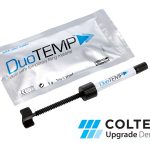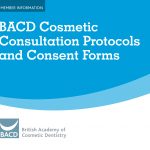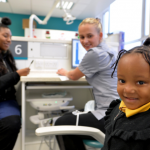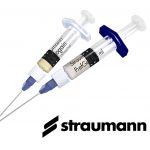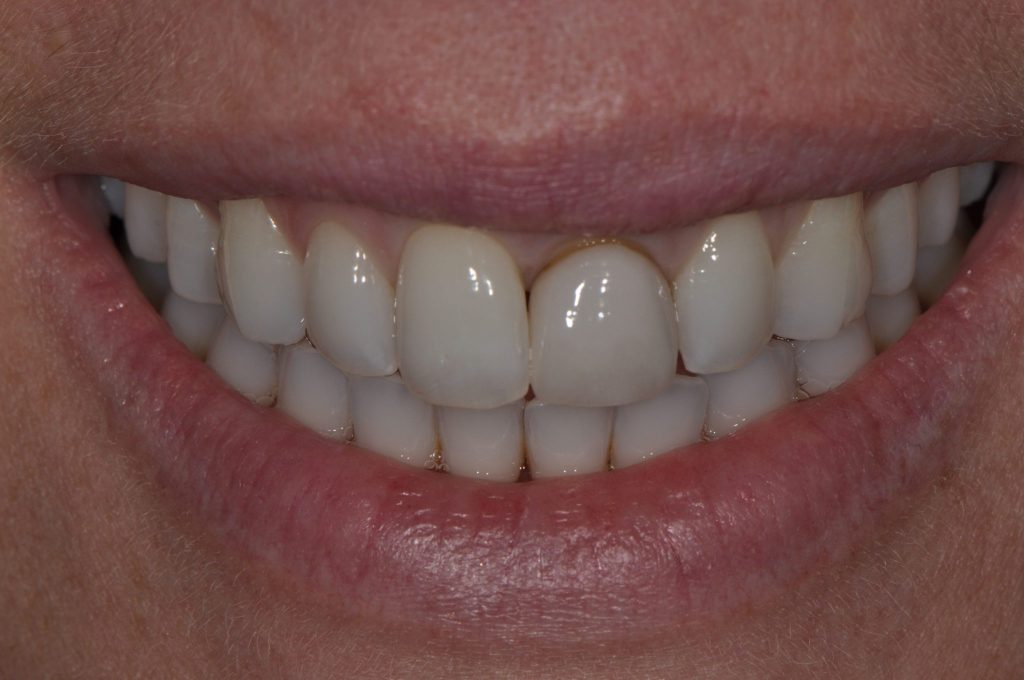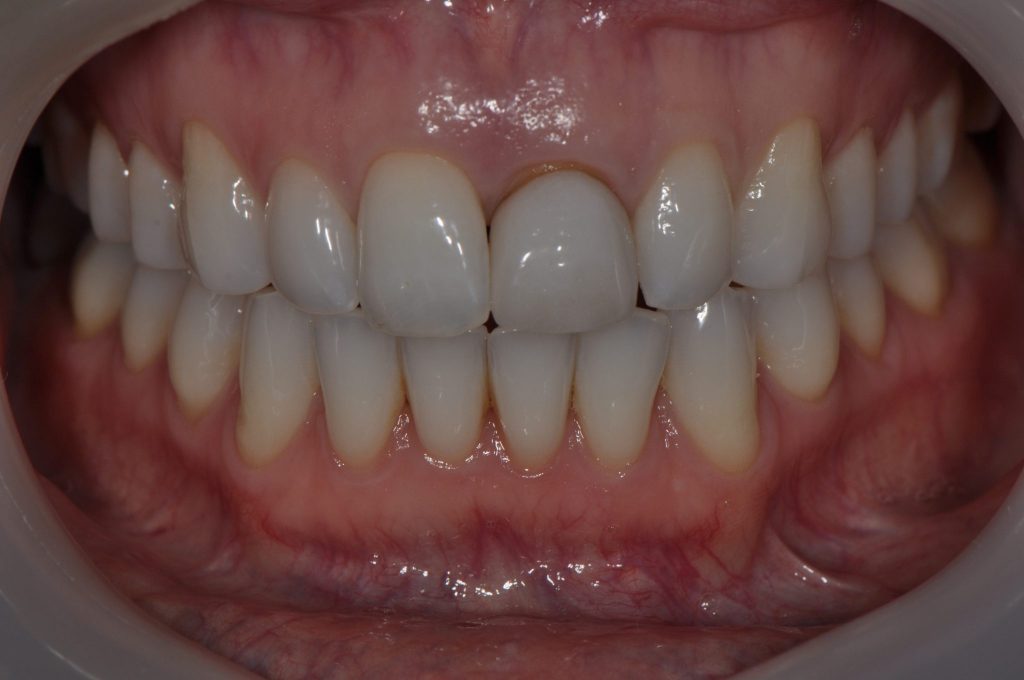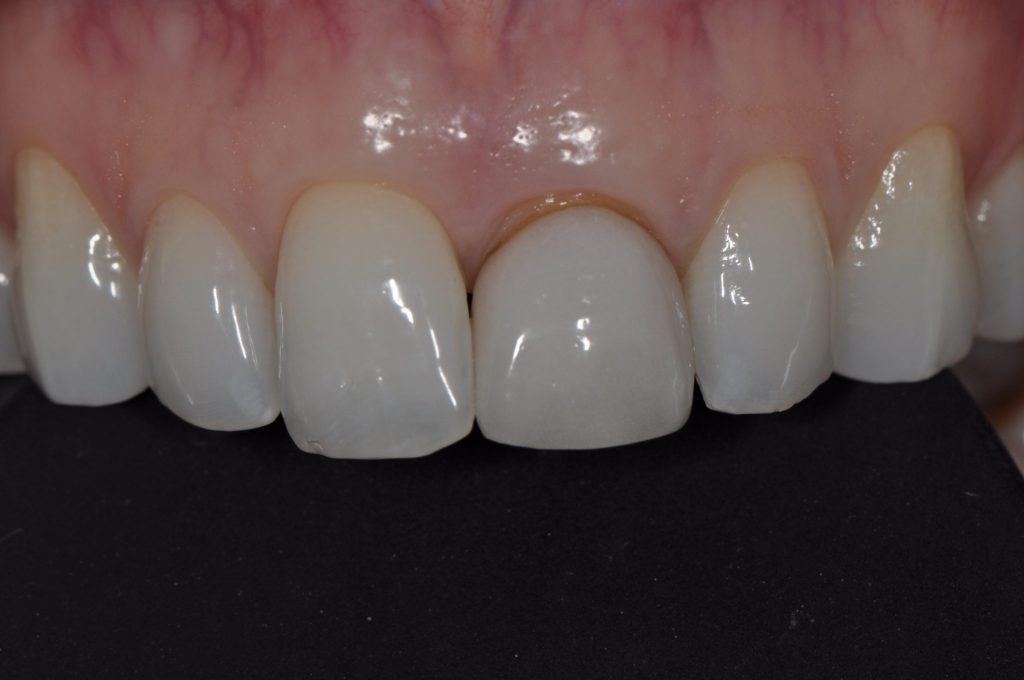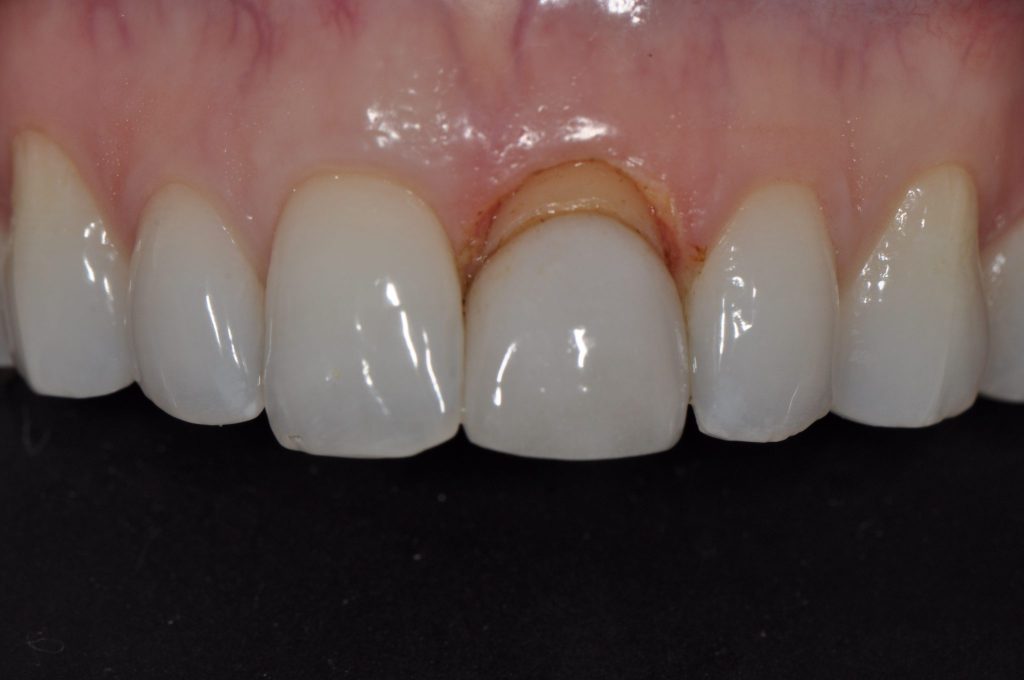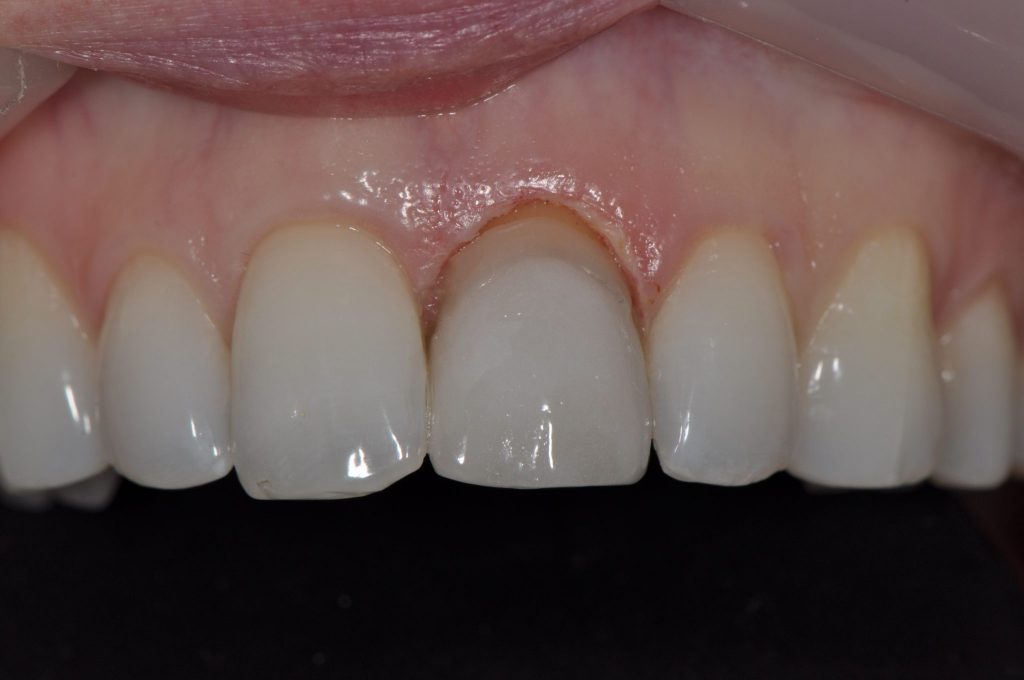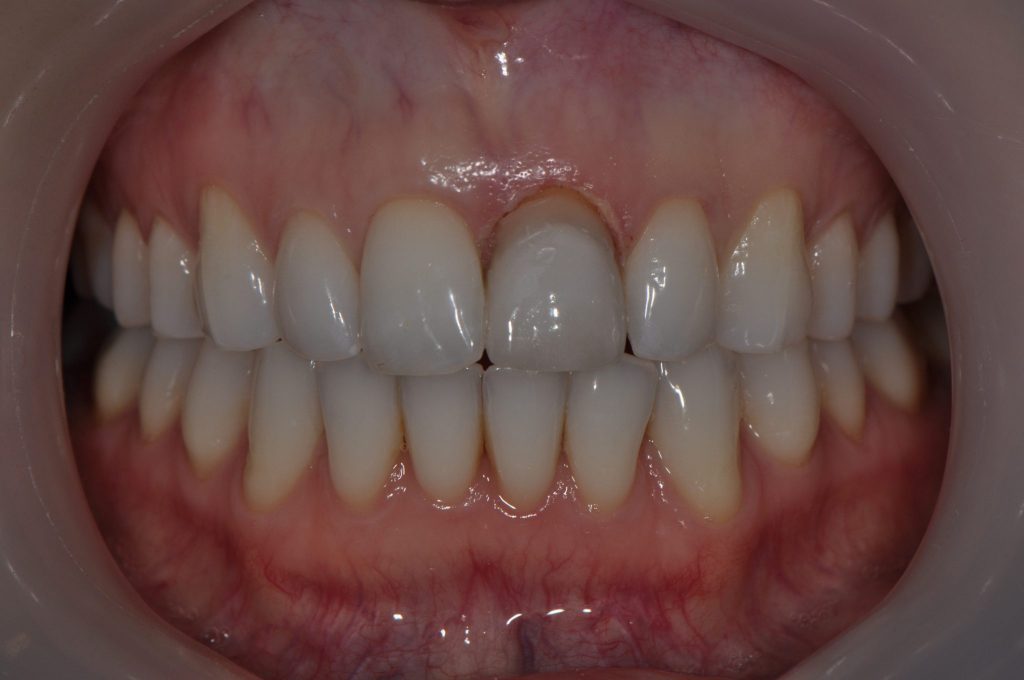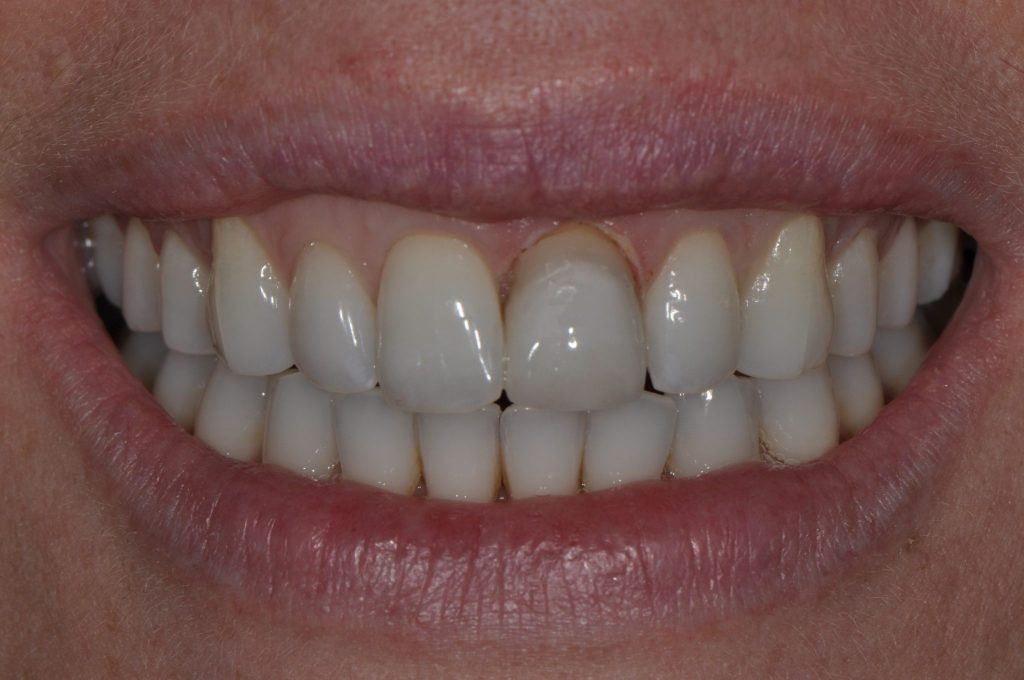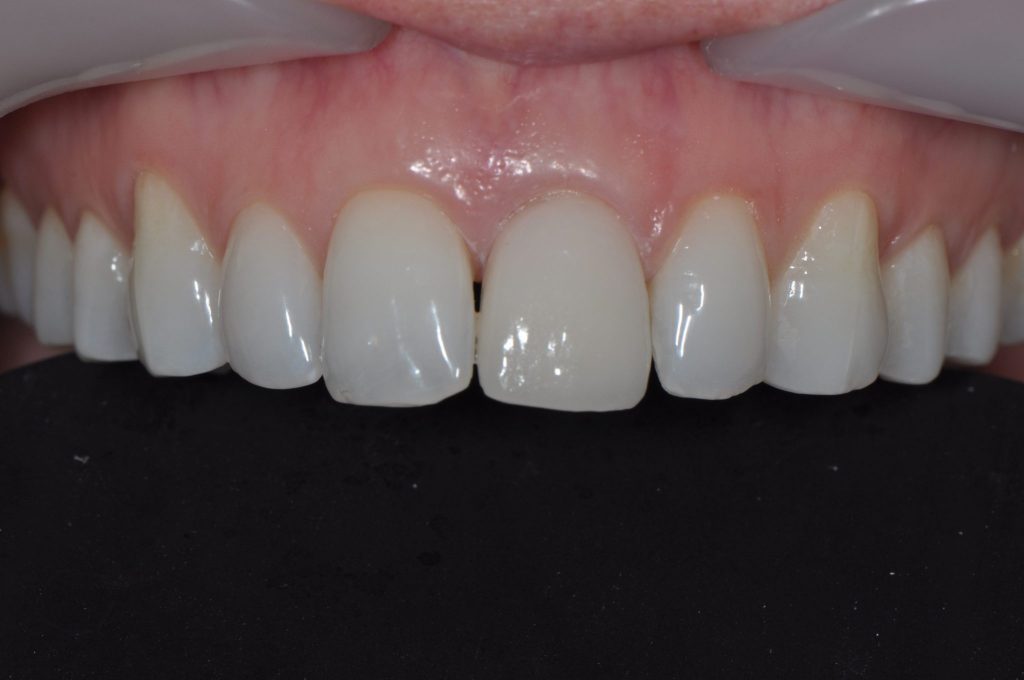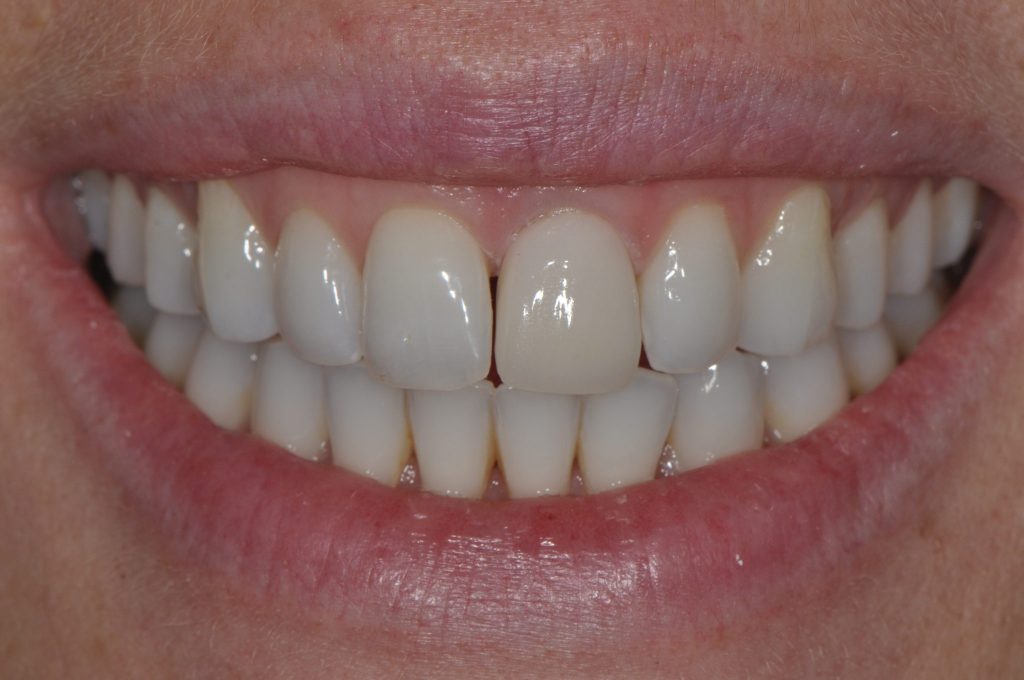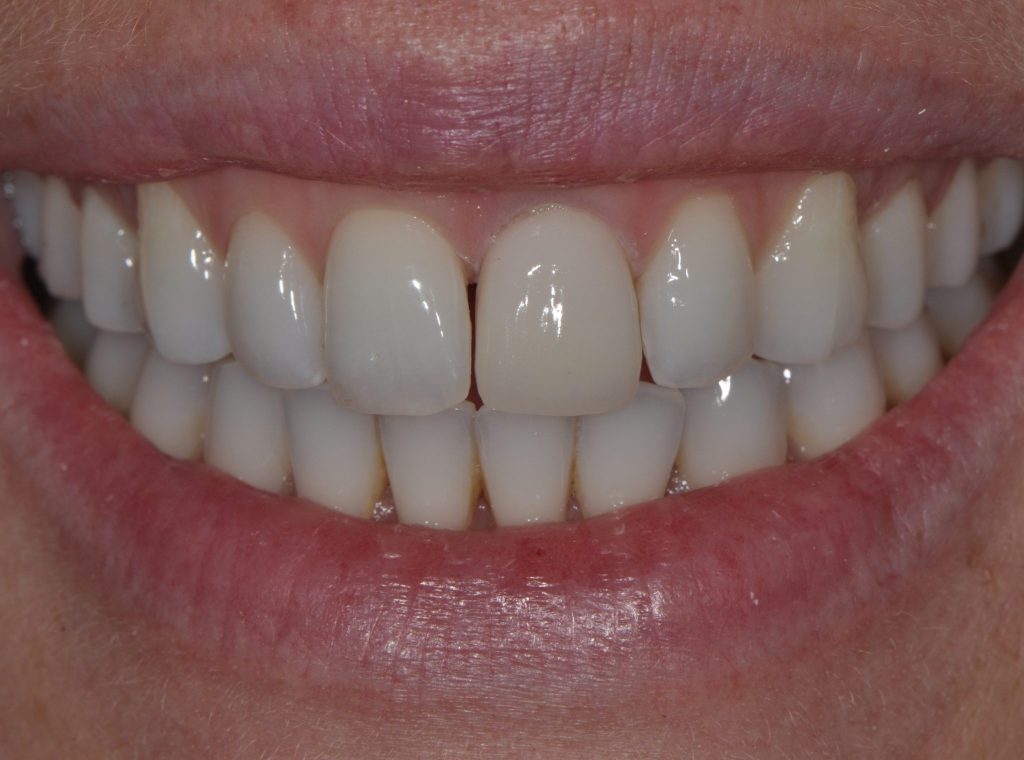As a dental professional, you’re probably familiar with clinical waste. However, unlike some other waste streams that are rather more straightforward to identify and dispose of correctly, the rules surrounding clinical waste can be a bit confusing.
So, why not have a refresher on clinical waste? This is especially relevant right now as any waste generated during the treatment of patients throughout the Coronavirus pandemic has to be deemed as clinical waste, and therefore knowing how to dispose of this safely and correctly is vital.
What is clinical waste?
The main confusion surrounding clinical waste stems from the fact that under the Department of Health’s colour code guidelines for best practice waste disposal, there are two different colours associated with clinical waste.
The first of these waste streams is infectious clinical waste. Items in this waste stream are categorised as orange waste in the colour code, and include everything from gloves to aprons, bibs, masks, or anything else that has come into contact with fluids that could potentially hold infectious diseases, such as blood. In dentistry, this means anything that comes into contact with the aerosol created when drilling is classed as clinical infectious waste as well and should be treated as such. This waste will either be destroyed by treatment or incineration.
The other waste stream is highly infectious clinical waste. This is represented by yellow in the colour code, and contains many of the same items. The big difference is that items are deemed as highly infectious clinical waste if it is confirmed or heavily suspected that the patient has a disease that can be spread through contact with bodily fluids. This means anything disposed of after treating individuals with conditions such as hepatitis and HIV should treated as highly infectious clinical waste. This waste must be incinerated.
Of course, that means that the judgement in some cases will fall to you as a professional as to whether something should be categorised as yellow or orange waste.
Disposal is important
So why does clinical waste need to be segregated from other items? The core reason is that these waste items are likely to spread infection if they are improperly disposed of. Some infections can live in droplets of dried blood for days or even weeks, and this means that they could be spread unknowingly if they come into contact with people who aren’t wearing protective equipment.
For example, if something like a contaminated pair of gloves ended up in landfill, these could accidentally come into contact with people or wildlife, and this could potentially result in any diseases present on that contaminated item being passed on.
Therefore, it’s essential for the safety of others to dispose of these items correctly.
Another thing to bear in mind is the reputation of your practice and any legal fallout that could occur due to improper waste disposal. Infection control is a massive priority for all healthcare operators, and if someone should accidentally be exposed to infection due to improper disposal of waste they would have every right to take legal action against your practice. This will inevitably have both a financial and social impact that could be difficult to recover from.
Coronavirus and clinical waste
Under the Government guidance “COVID-19: Guidance for infection prevention and control in healthcare settings”, any waste generated from a possible or a confirmed case of Coronavirus must be disposed of as Category B clinical waste. This is in effort to help delay the transmission of the virus, and should be always be adhered to.
The problem with Coronavirus is that it is easily spread from any respiratory droplets expelled by coughing. This means that saliva is a perfect way for this disease to transmit, meaning that extra caution must be practised when treating any patient. Even if you think an item has not come into contact with any body fluids from a patient, it should still be treated as if it has, just to be on the safe side.
Keep clinical waste clear
As a dental professional you and your staff need to be on the same page when it comes to all types of clinical waste. As such, it’s a really good idea to host a refresher on this topic when the team is back together once more.
Another great option is to display some of Initial Medical’s Colour Code Character posters around the practice. These fun designs assign a character to each of the colours in the Department of Health’s colour code for best practice waste disposal, including extra visual clues that can encourage staff to remember what waste belongs in which category at a glance.
Safe now and in the future
Clinical waste is always going to be one of the most common waste streams in your practice. By ensuring that you and your staff are aware of what clinical waste is, where and how it should be disposed of and the dangers that these waste streams can carry, you can help guarantee that your practice remains a safe space for all, even during these unique and challenging times.
For further information please visit www.initial.co.uk/medical or Tel: 0870 850 4045
Author: Rebecca Waters, Category Manager, Initial Medical
Rebecca has worked in the Healthcare sector for the past 17years and was a Research Chemist with Bayer Cropscience prior to joining Rentokil Initial in 2003. She keeps up to date on all developments within the clinical waste management industry and is an active member of the CIWM, SMDSA and BDIA.
-Ends-
About Initial Medical
Initial Medical is an expert in healthcare waste management, providing a complete collection, disposal and recycling service for hazardous and non-hazardous waste and offensive waste produced by healthcare providers, and other businesses and organisations within the UK.
The safe management of healthcare waste is vital to ensure your activities are not a risk to human health. Initial Medical’s healthcare waste services ensure that all of your waste is stringently handled in compliance with legislation and in accordance with Safe Management of Healthcare Waste best practice guidelines, providing you with the peace of mind that you are adhering to current legislation.
For further information please visit www.initial.co.uk/medical or Tel: 0870 850 4045
Media enquiries:
For more information, please contact:
erica@ekcommunications.net
01227 265700



